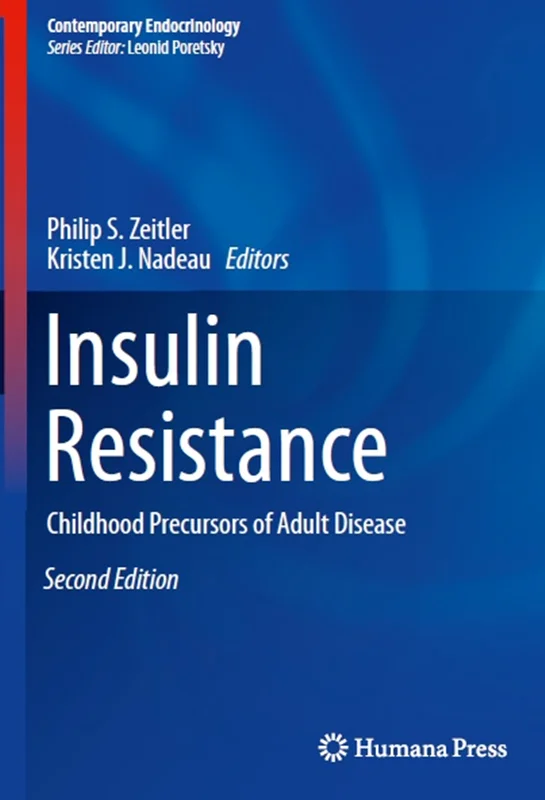Insulin Resistance: Childhood Precursors of Adult Disease
Philip S. Zeitler | Kristen J. Nadeau, 3030250555, 978-3030250553, B07Z619N6V, 9783030250553
English | 2020 | PDF | 7 MB | 352 Pages
Now in a revised and expanded second edition, this unique text presents topics related to insulin resistance in youth and its consequences across the lifespan. In the first section of the book examining epidemiology, the contributors review controversies over the definition of insulin resistance in children and what is known about how insulin resistance in youth differs from adults, the measurement of insulin resistance in youth in the research and clinical settings, and current knowledge regarding the epidemiology of insulin resistance in the pediatric population. The second section of the book explores pathophysiology, including current knowledge of the molecular, metabolic, and physiologic mechanisms of insulin resistance, the unique pathophysiology of pregnancy and puberty, the contributions of the prenatal and early childhood environment to the development of insulin resistance, and adipose and biochemical mediators. This section concludes with discussion of the relationship between insulin resistance and cardiovascular disease and liver disorders. A third section, new to this second edition, explores insulin resistance in unique models: intrauterine growth restriction and girls with polycystic ovary syndrome and metabolic syndrome. The final section of the book explores the concepts of treatment through medications directed at insulin sensitivity, as well as exercise, weight loss medications and consequences of bariatric surgery.
Insulin Resistance: Childhood Precursors of Adult Disease, Second Edition provides up-to-date reviews of all of these areas, providing the reader with a current perspective on issues in insulin resistance in youth, an emerging risk factor for disease across the lifespan, that will spur continued interest in the topic on the part of clinicians and researchers, perhaps promoting new points of view and creative approaches to this daunting challenge.

